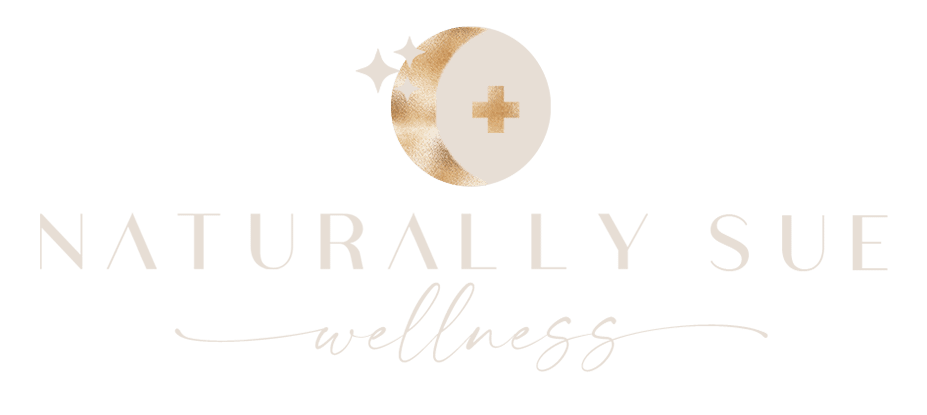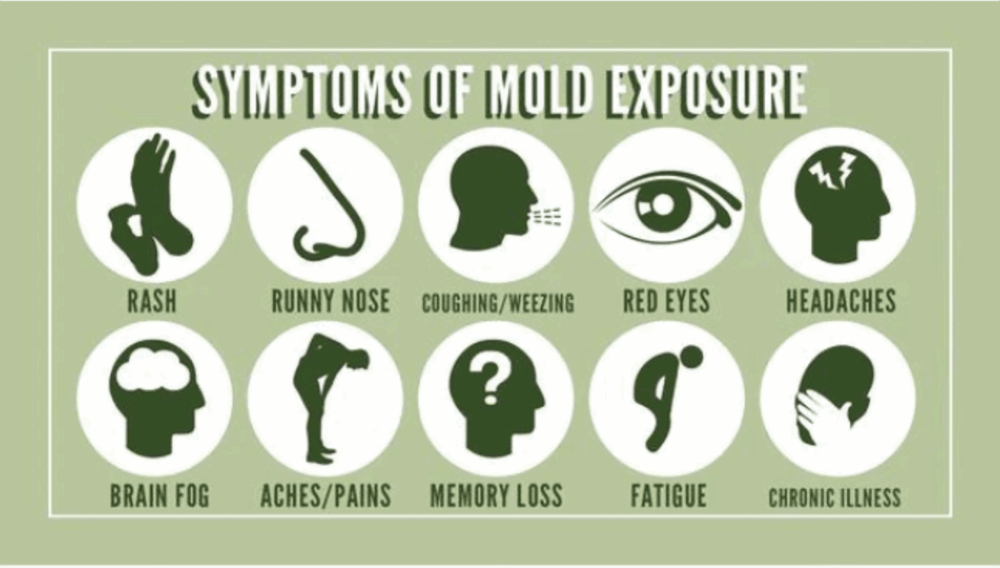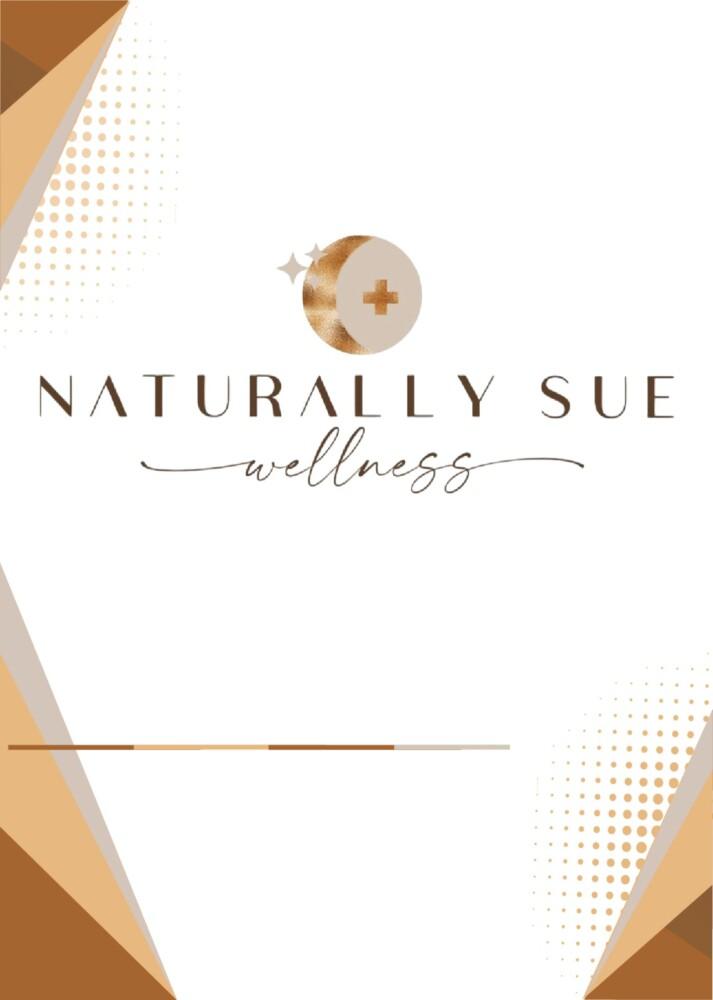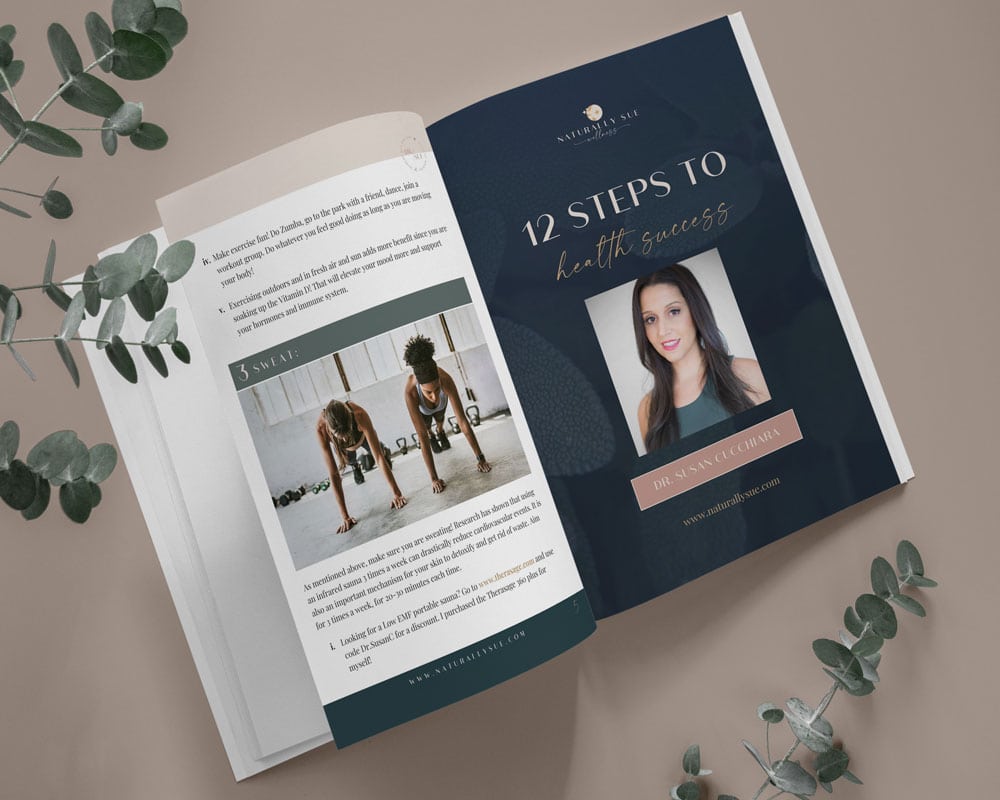Mold Exposure and Its Hidden Impact
Mold is a common fungus that can be found almost anywhere, both indoors and outdoors. It can be found anywhere there is moisture or humidity, such as basements and garages.
When mold builds up in homes and other buildings, it can become a significant problem. Molds can produce allergens and toxins, potentially causing health problems like allergic reactions and more serious respiratory illnesses.
Recognizing signs of mold toxicity and mold exposure symptoms early is key to preventing long-term illness. Natural remedies for mold exposure support recovery from mold-related illness through holistic methods.
Naturopathic treatments offer a safe and effective long-term solution that eliminates mold from the source to prevent recurring illness.
What Is Mold Exposure?
Mold is a type of fungus that grows where there is dampness or decay. It thrives in places that hold moisture and is commonly found in homes and other dwellings. Mold can be found indoors or outdoors and can be an important part of our environment.
Mold can fester in places where there is water damage, leaks, high humidity, or condensation. When mold grows, it can become a health hazard.
Mold reproduces through tiny spores, which gives it a fuzzy, dust-like appearance. The spores can release toxic chemicals called mycotoxins into the environment. Mycotoxins are spread through the air and can cause respiratory illness, skin irritation, and other adverse health effects.
Health effects caused by mold exposure can affect people differently depending on genetics, immune health, and sensitivities.
The amount of mold present will also be a factor in if or how a person might be affected by it. Generally, large amounts of mold are more likely to cause negative health effects. Therefore, the more mold is present, the more likely you are to develop symptoms quickly.
Small patches of mold that are contained, such as on a bathroom ceiling, or mildew in a shower or on a windowsill won’t necessarily cause significant damage or health effects, but still need to be dealt with ASAP.
A large mold exposure, such as a hidden infestation or in the case of a situation like a flooded basement where water damage has led to visible mold growth across large areas of drywall, carpeting, and furniture can be more of a risk factor for prolonged exposure and illness.
Common Symptoms of Mold Exposure
Symptoms of mold exposure can vary depending on the individual. The most common symptoms caused by mold exposure include:
- Nasal congestion
- Sneezing
- Coughing
- Headaches
- Fatigue
- Skin rashes and irritation
- Shortness of breath
- Asthma flare-ups
- Sinus infections
Mold exposure can cause unexpected symptoms, such as neurological and digestive symptoms:
- Nausea
- Bloating
- Constipation
- Food sensitivities
- Brain fog
- Memory issues
- Difficulty concentrating
- Anxiety
- Emotional dysregulation
- Balance issues
Mold-related illnesses can be complex and difficult to diagnose, which is why it is important to understand the different symptoms. It can also be essential to work with a practitioner with expertise and experience with mold-related illness.
Unique Addition: Explain how mold affects different body systems, providing a chart or infographic to make this complex topic visually engaging.
Mold Sensitivity vs. Mold Toxicity: What’s the Difference? (Information Gap)
Mold exposure affects everyone differently. Family history, immunity, and personal sensitivities will all be a factor in how a person responds to exposure to mold. People with lowered immunity or with conditions like asthma may be more susceptible to severe reactions from mold.
There is a difference between mold sensitivity and mold toxicity.
Mold Sensitivity describes a person’s increased susceptibility symptoms when exposed to mold. Symptoms may occur even with small exposures. Mold sensitivity is common in people with allergies or asthma.
Mold Toxicity (Mycotoxicosis) refers to the severe health problems from prolonged exposure to toxic molds, such as black mold. Such molds produce toxic or poisonous substances called mycotoxins, which pose serious health risks to humans and animals.
Some refer to mold toxicity as “mold poisoning”.
How to Test for Mold Exposure at Home (Natural Detection Methods) (Bridges Natural Focus)
There are a few steps you can take to determine if mold is an issue in your home. You can do a self-assessment, perform DIY mold testing, and hire a professional to test.
Self-Assessment Tips
- Track your symptoms. Do they worsen when you are inside your home? If so, that may be a sign of a problem.
- Perform a sniff test in damp areas of your home. Most often you can identify a mold issue if it smells musty, earthy, or like damp leaves. Keep in mind that if you can’t smell anything this doesn’t mean you are mold free.
- Inspect behind the scenes, such as under carpets, behind drywall, behind appliances, under sinks, in between bathroom tiles, etc.
Signs of possible moisture buildup include:
- bubbled paint
- uneven hardwood flooring
- discoloration of finished surfaces
- Leaks
- Bathrooms with poor ventilation
- Front loading washing machines
- HVAC units
Mold Testing
Testing can help detect mold early, before it causes too many problems. Early detection allows for clean up and mitigation to prevent further contamination. Mold testing methods include DIY, home testing kits, and professional inspection.
DIY Testing
Natural materials like vinegar, can be used to clean and test areas for mold. Vinegar’s acidity can react with mold, causing a fizzing or bubbling reaction when sprayed on a moldy area.
Baking soda is not as effective for detecting mold. However, it can be combined with vinegar for a more comprehensive cleaning solution to rid an area of mold. (Sue what do you think about adding your microbalance link here?)
Home Testing
Home testing kits are available to help determine if mold is present on surfaces. A home testing kit for mold uses a petri dish that you leave in a place where mold is suspected. If mold is present, spores will be collected in the dish and begin to grow mold.
Home test kits are limited, as they only tell you whether or not mold is present on surfaces. It won’t determine the type of mold, unless you send it to the lab, nor will it determine if mold is behind a wall.
Keep in mind, if you already see or smell the mold, testing is not necessary. An air quality test done by a professional can confirm the presence of mold spores in the air and assess the severity of the issue.
Professional Inspection
You should hire a professional mold inspector if you suspect mold growth in your home, especially under the following circumstances:
- Mold is visible
- Areas of your home smell musty
- You have high humidity levels
- You’re experiencing unexplained health issues
- If you are buying a new home
- If you’ve had leaks, floods, or other water damage in your home
- The mold keeps returning after DIY attempts
- If the mold problem is significant or you’re unsure how to handle it properly
How to Detox and Recover Naturally from Mold Exposure (Integrates Naturopathic Focus)
If you have mold-related illness, you can take several steps to support your body’s natural detoxification pathways and strengthen immunity. These steps help promote elimination and prevent reabsorption of toxins.
Step 1: Support the Body’s Detox Pathways
- Drink plenty of filtered water to flush toxins.
- Eat anti-inflammatory foods like leafy greens, garlic, and turmeric.
- Antioxidant-rich foods, like colorful vegetables, herbs, and spices are protective against cell damage
- Exercise aids in detoxification by improving circulation, promoting sweating, and supporting the lymphatic system.
- Saunas, like exercise, saunas promote sweating, which is one way of eliminating waste and toxins from the body.
Step 2: Use Natural Detox and Binding Agents
- Activated charcoal or bentonite clay for binding toxins. (Best to use under the care of a doctor)
- Chlorella and spirulina for cellular detoxification.
Step 3: Boost Immunity
- Probiotic-rich foods and supplements to restore microbial balance and support gut health and immunity.
- Combat oxidative stress and protect against cell damage with foods and supplements rich in nutrients like vitamin C, glutathione, and NAC.
Step 4: Environmental Changes
- Reduce indoor moisture and improve air quality naturally:
- Ventilation, such as open windows, air filters and purifiers, and keeping vents and ducts clean.
- Control humidity, fix leaks
- Indoor plants that absorb moisture and help with air quality, such as peace lilies, spider plants, ferns, aloe vera, rubber plant, dracaena, and english ivy. Make sure soil drains well so you do not grow a lot of mold in the soil.
- Remove, clean, and prevent mold with safe, natural, and non-toxic mold removers , such as:
- Vinegar
- Baking soda
- Tea tree oil
- Hydrogen Peroxide
- Lemon
- Grapefruit seed extract
For more detail on detoxing from mold, read our post about How to Detox Your Body from Mold Naturally.
When to Seek Medical or Professional Help
You should seek professional help when signs that symptoms of mold-related illness persist or become severe, such as:
- Persistent symptoms, such as sneezing, coughing, itchy eyes, or respiratory issues
- Severe symptoms, such as difficulty breathing
- The presence of neurological symptoms such as headaches, brain fog, memory problems, seizures, and mood changes
- Symptoms persist despite detox efforts and/or you have taken steps to reduce mold in your home, but your symptoms persist
- Constant colds and flus, more than 3 times per year
- Other unexplained health problems
When trying to heal from mold toxicity, it is important to work with someone with expertise in treating mold-related illness. A licensed naturopath or functional medicine practitioner can provide personalized testing and treatments, such as mycotoxin panels.
The Naturopathic doctors at Naturally Sue are mold literate and have extensive experience to help you at whatever stage of mold illness you are in. Whether you have not yet been diagnosed, or know mold is the culprit, our doctors can help.
Dr. Sparks underwent additional training to become mold certified to be able to help our patients who have mold exposure and illness. Book a free consultation with Dr. Sparks today and start recovering from mold-related illness..
Natural Remedies to Relieve Mold Exposure Symptoms (Expanding on Treatment Options)
A Naturopathic approach to treating mold toxicity may encompass herbal remedies, nutrition, lifestyle, environmental, and mental health. Common natural remedies include the use of herbs, essential oils, and lifestyle practices:
Herbal Remedies
Herbal medicine for mold-related illness include antifungal treatments, antimicrobials, immune boosting, and detoxifiers, such as:
- Milk thistle
- Burdock root
- Oregano oil
- Garlic
- Grapefruit seed extract
- Tea Tree
- Cilantro
- Dandelion
Essential Oils
Diffusing essential oils offers respiratory relief. They can also have a calming effect, which can help with symptoms, like headaches and mood swings. Tea tree oil, lavender, eucalyptus, and peppermint are commonly used for these purposes. Always be careful when using essential oils around pets and children.
Lifestyle Practices
Support the body’s natural detox pathways through lifestyle and personal hygiene practices can be a great help when detoxing from mold:
- Dry brushing for lymphatic support
- Lymphatic massage for drainage
- Infrared saunas for detox
- Daily movement for circulation
- Oil pulling with charcoal for detox
- Colon cleanses for detox
SEO Tip: Highlight natural treatments for mold exposure—a key search intent gap missed by competitors.
FAQs About Mold Exposure and Recovery (Boosts Featured Snippet Potential)
What are the early signs of mold exposure?
Early signs of mold exposure can mimic allergies or a respiratory infection. It can trigger symptoms such as:
- Stuffy nose and sinus congestion
- Itchy, red, watery eyes
- Difficulty breathing, short of breath, and wheezing
- Coughing
- Sore or scratchy throat
- Itchy, irritated skin
- Headache, sinus pressure
If you notice these symptoms indoors, but find relief when you go outside, you may be dealing with a mold issue. If you smell mold in your home, or have had leaks or flooding and experience these symptoms, it may be an indication of a mold issue.
Can mold exposure affect mental health?
Yes. Mold exposure can affect your mental health. Prolonged exposure to mold can cause neurological symptoms, including brain fog, difficulty concentrating, memory problems, depression, and feelings of anxiety and anger.
How can I test for mold in my home naturally?
A simple way to test for mold is to look for it. Look for discolored walls or floors – black green, pink, or orange are common colors of mold. A musty, earthy odor coming from dank, moist places is another telltale sign.
Home testing kits are also available. They can test for the presence of mold on surfaces, but they have limitations for testing types of mold and air quality. You can also hire a mold inspector who does an ERMI test.
How long does it take to detox from mold exposure?
Mold detox can take as little as a few weeks, to a couple of months, or years for some people. Factors that will affect how long it will take for you include the severity of illness, the state of your health and immune system,
Naturopathic detox treatments for mold exposure are effective, quick, and long-lasting. Just like with conventional medicine, if your illness is severe, it may take longer to treat.
Are natural remedies effective for mold toxicity?
Naturopathic treatments are a safe and effective way to address the various health effects caused by exposure to mold. A naturopathic approach aims to support the body’s innate ability to heal itself given the right circumstances.
When it comes to mold illness, we take a comprehensive, personalized approach to enhance the body’s own detoxification system to eliminate mycotoxins and heal symptoms caused by exposure to mold. Naturopaths use a blend of time-tested, traditional medicine and cutting-edge, evidence-based therapeutic tools and testing methods to provide in-depth analysis and treatment based on each individual’s needs.
Tailored interventions lead to long-term health outcomes for our patients.
Conclusion: Take Charge of Your Health Naturally
Early identification of mold exposure is important for protecting your health and mitigating long-term health complications caused by mold toxins. Taking mold seriously and addressing it early provides an opportunity to prevent mold from spreading and causing more damage.
Taking time to properly detox from mold is also important, and should include supportive detox and immune boosting therapies, as well as mold avoidance. Guidance from professionals with expertise in holistically treating mold helps to ensure efficacy and safety of treatment.
If you see or smell mold in your home or any place you spend a lot of time, take proactive steps to remove mold from your environment. Doing so will protect your health, and it will mitigate risk of recurring illness should you have mold toxicity. If the mold in your environment is too much for you to handle, consult with professionals when needed.
If you think you have a mold-related illness, schedule a naturopathic consultation today. Our mold-literate practitioners can provide a thorough and comprehensive assessment and rule out other possible diagnoses.







